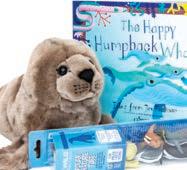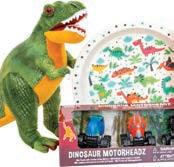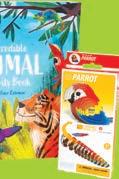





















































































































































































































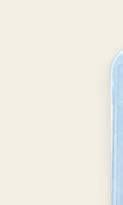




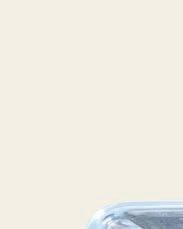










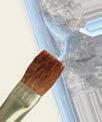

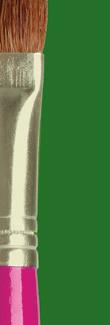
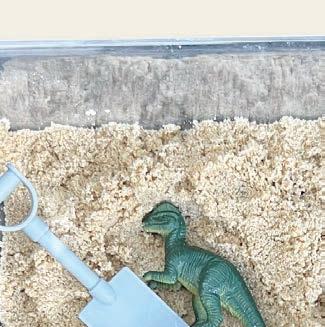


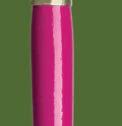




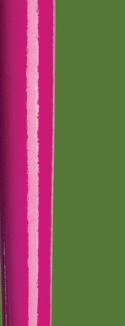






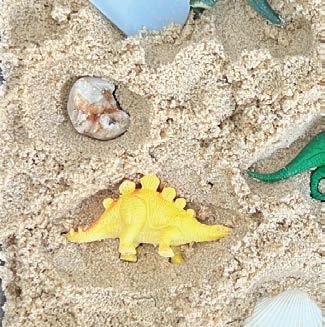






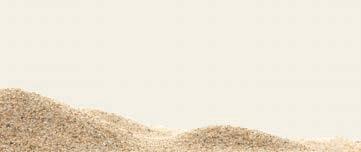



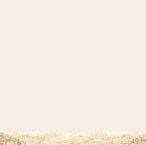












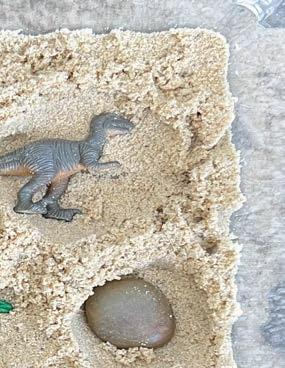






Riversleigh, World Heritage Area in north-west Queensland, is home to fossils of Australia’s most unique and extinct beasts. Think Tasmanian Tigers, marsupial ‘lions’ and a 15 million-year-old platypus. Create



























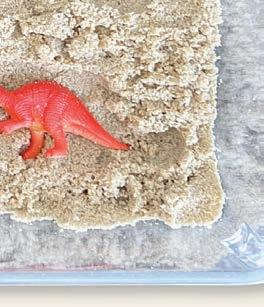
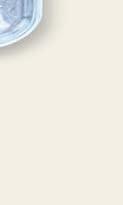































1



Fill the container with 3cm of sand, spread evenly across the bottom.












Place some of your objects on top of the layer of sand.

DINOSAURS HAVE TAKEN OVER ZOOS VICTORIA! VISIT ONE OF YOUR FOUR ZOOS UNTIL 14 JULY TO SEE THESE MAGNIFICENT CREATURES IN REAL LIFE.











































Pour more sand over the fossils (about 3cm) to fully cover them.





2 3 5


4








Place the rest of your objects on top of this layer. Cover with a thin layer of sand. Lightly pat down the sand.

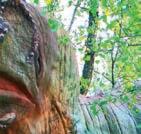
You onlyhaveuntil 14July to visityour zoos to enterthecompetition. So get cracking!
Solveeachdinoquizand find the secretcodewordsatyourzoos for a chance to win a dinosaurprizepack. Eachentryincreasesyourchances of winning!*



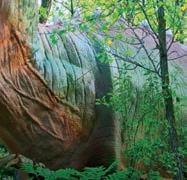
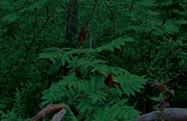
We are givingaway a PrehistoricPrizePack everyweekbetween 29 March–14 July














Use your paint brush to sweep away the sand to discover the fossils underneath. You will need your small spade to find the fossils on the bottom layer.




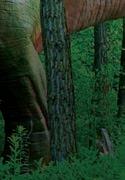


Australia is home to 56 species of parrot, including cockatoos, lorikeets, rosellas, gallahs, corellas and cockatiels. They have large, powerful beaks for cracking seeds and nuts.


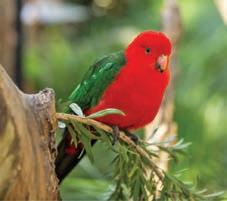

ORANGE-BELLIED PARROT
The Swift Parrot, which is listed as Critically Endangered in Australia, feeds on nectar from high in eucalyptus trees. It lives in Tasmania during summer and flies north to New South Wales and Victoria in winter. They are named ‘swift’ because of how fast they can fly!
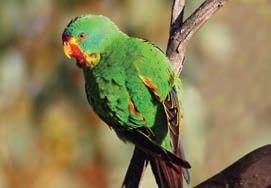
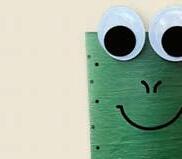










Up-cycle your toilet rolls with this cute and crafty frog.
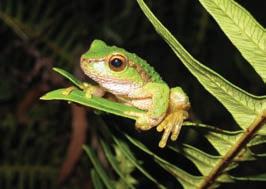

Name: Spotted Tree Frog
Conservation status: Critically Endangered
Habitat: Found in northeastern Victoria and southern New South Wales, the Spotted Tree Frog lives in rocky mountain streams.



Breeding: The female lays between 50 and 1000 eggs during the spring and summer breeding season. The species can live for up to 10 years (quite old for a frog).






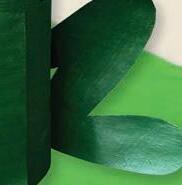




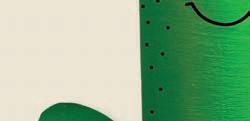
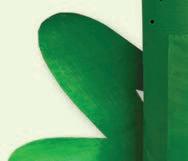

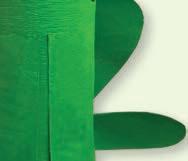
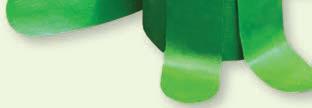









Use these templates to trace the front and back frog legs, and lily pad onto paper.
Recycled paper
Ruler
Scissors




Paint brushes
Green paint
Toilet paper roll
Glue
Pencil
Googly eyes















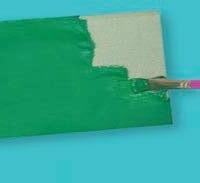
Measure out a rectangle of recycled paper 10cm x 14cm. Paint one side of the rectangle green. Note: if the toilet roll is large, the width of the rectangle will need to be bigger.




Black felt-tip pen 2 3 4 5
Using the templates below, trace the front and back frog legs, and lily pad onto the paper and cut out the shapes. Paint them green.
Decorate the lily pad!









Glue the legs to the front and back of the toilet roll and the googly eyes to the top.




Once dry, roll the green paper around the toilet roll and glue the end.










Using the black felt-tip pen, draw a nose and mouth below the eyes and spots down the sides of the frog.

DID YOU KNOW?




















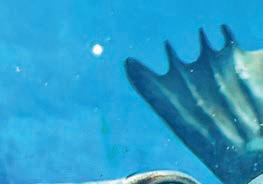
Seals have 36 teeth. Humans have 20 baby teeth and then 32 permanent teeth when they’re adults.
Dental health is just as important for animals as it is for humans. Our keepers keep the seals’ teeth healthy with regular dental checks.








regular dental checks.



































Melbourne Zoo’s Wild Sea is home to Long-nosed Fur Seals, Iha and Pania, as well as their playful Australian Fur Seal pal, Bella. Keeper Ash and the team at Wild Sea need to perform regular dental checks on the seals to keep an eye on their overall dental health.
By performing dental checks on the seals, the team can identify early warning signs of:
dental disease
teeth wear any teeth chips or breaks.




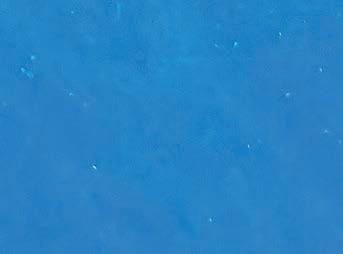

DID YOU KNOW?





DID YOU KNOW?
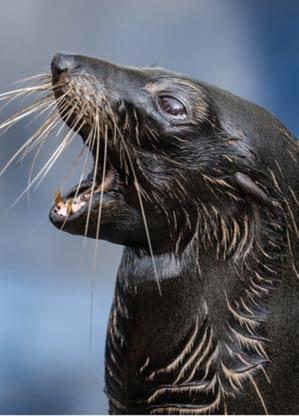
Inside a seal’s mouth you would find 36 teeth that aren’t the colour you’d be expecting. Seal teeth look brown, which is a sign of healthy bacteria.
Seals are obligate carnivores, meaning they only eat meat.
In the wild, their diet consists of a variety of fish, squid, octopus and crustaceans.
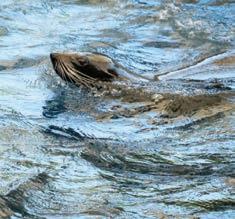
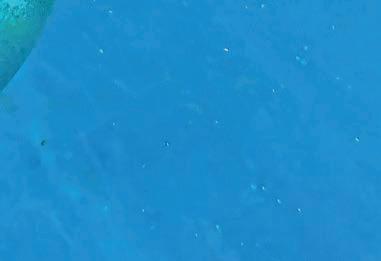
Can
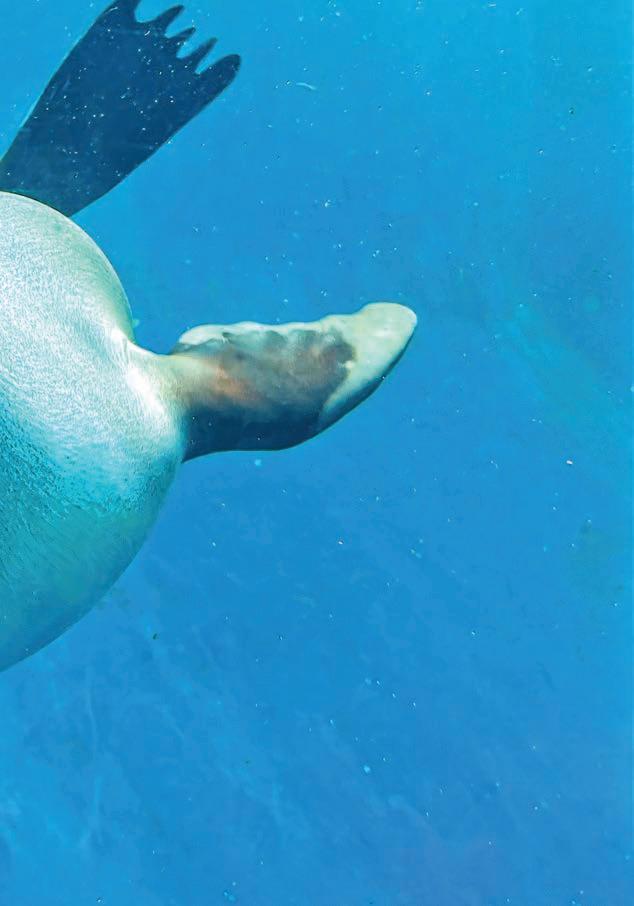
Seals don’t chew their food! They often swallow it whole, or if it is too big, take it to the surface and toss it around until smaller pieces break off.
Giraffes and humans have the same amount of teeth.
You can tell how old a dolphin is by its teeth. Sharks regularly lose their teeth.
Elephant tusks are actually a set of teeth that never stop growing.
Snails have over 25,000 microscopic teeth on their tongues.
Caring

Watch out for the Smile Squad vans across the zoos offering free dental checks and fun activities!
Keep an eye out for their next visit, scheduled for spring this year.










These tasty sandwiches will hop straight into your lunchbox.
Round cookie cutter or glass
Brown bread
Cheese slice
Ham slice
Butter
Sultanas
Grapes
Cucumber







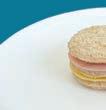






1

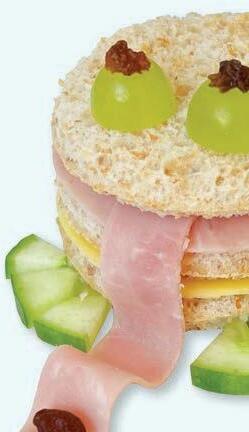




Using a round cookie cutter or a thin-rimmed glass, cut the brown bread into three circles.

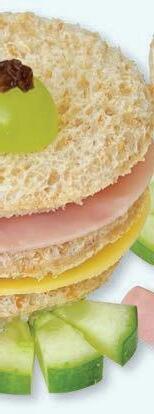



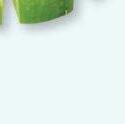



2





4
Cut a long thin strip of the ham as the tongue. Tuck it into the ham layer of the sandwich and place a sultana at the other end as a fly.




Cut a grape in half and place on top of the sandwich tower. Using a small amount of butter, stick a sultana to each of the grape halves – these are the eyes.



Using the same cutter, create one circle of cheese and one of ham.





5 6


Cut two slices of cucumber into strips. These will be for the frog’s feet.



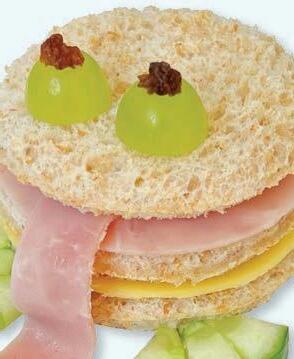






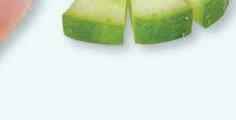
















Butter one side each of two circles of bread. Layer the bread, cheese, bread, ham and bread in a stack.










Repeat the above steps to create a family of frog sandwiches.



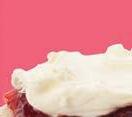













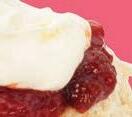
3 cups selfraising flour Plain flour for dusting WHAT YOU’LL NEED


80g cold butter, cubed
1 cup milk Cream for whipping Jam Bake these delicious scones for an afternoon treat.
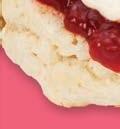










1 Ask an adult to turn on the oven to 200°C for a standard oven and 180°C for fan-forced.
2 Place self-raising flour and butter in a bowl. Using your fingertips, mix the butter into the flour until it forms crumbs.
3 Pour milk into the bowl and mix using a butter knife until the mixture just comes together to form a crumbly dough. 4 Dust the bench with a small amount of plain flour. Tip the dough onto the bench and knead with your hands for 20 seconds.
5 Pat down the dough (or use a rolling pin) until it’s 3cm thick. Using the rim of a glass, cut out rounds in the dough. 6 Place on a baking tray and brush the tops lightly with some extra milk. 7 Put in the oven and bake for 10 minutes, or until a light golden colour.
8 Cut in half and serve with a layer of jam and a dollop of whipped cream.

































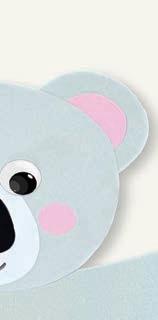












Trace your hand to create these curious Aussie marsupials.
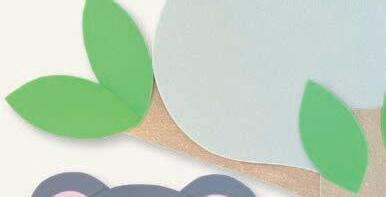







WHAT YOU’LL NEED


Green, grey, pink and white cardboard



Pen/pencil for hand tracing
Glue


Scissors






Googly eyes

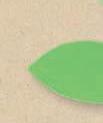





Recycled plain cardboard (such as a cereal box or carrier bag)


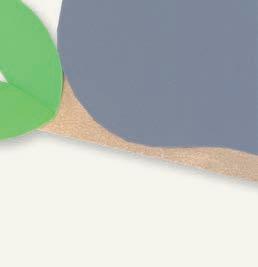

Remember to always ask an adult to help when using scissors.
















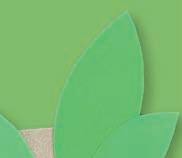
















2


On the grey cardboard, trace around the shape of your hand. Cut out the shape using the scissors.

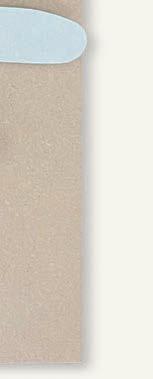



Cut out one large circle (about 5cm in diameter) and two smaller semi-circles from the grey cardboard. Cut out two small circles and two semi-circles from the pink cardboard. Cut out one oval from the white cardboard.



























Glue the two semi-circles to the top of the larger circle and the oval to the bottom-middle. Draw a black oval shape in the middle of the white oval, glue the googly eyes above and the pink circles either side of the oval.



Glue the pink semi-circles to the ears. Glue the face onto the thumb of the hand shape.








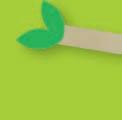











Cut one large strip and one smaller strip from the brown cardboard. Cut out leaf shapes from the green cardboard. 5 6 3 7 has olos means
Glue the palm of the hand shape to the smaller branch and the fingers to the trunk so it looks like the koala is holding onto the tree trunk.





Glue the smaller strip at an angle on the large strip (like a tree branch) and glue on the leaves.



he scientific name or a oala Phascolarctos cinereus. and ar tos in ree , and cinereus means in atin. lthou h oalas are not part o the ear amil ,









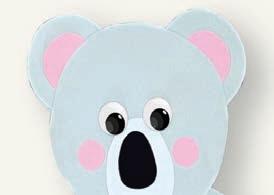





THE CRITICALLY ENDANGERED PHILIPPINE CROCODILE

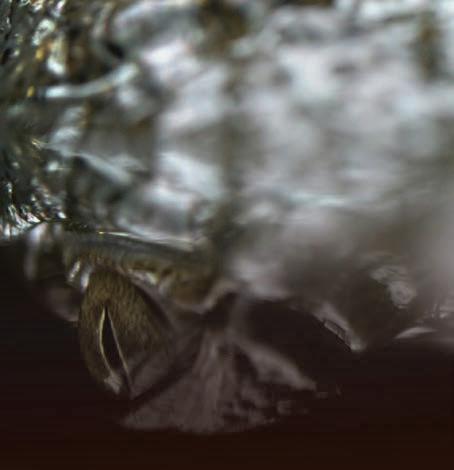


The small, Critically Endangered Philippine crocodile can now only be found on a few islands in the wild. DID YOU KNOW? DID YOU KNOW? DID YOU KNOW?
Emus can run at speeds of up to 48km per hour! Tasmanian Devils are the largest carnivorous marsupial in the world.

Recycle an old cereal box to create your own animal snap card game.



Recycled cardboard (cereal box or cardboard box)
Glue and ruler
Scissors
Downloaded pictures from the Member VIP Zone
INSTRUCTIONS:


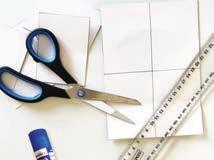
1 Measure a rectangle on your cardboard, 9cm × 6.5cm. Cut it out using your scissors.
2 Download the images and print them out twice. You will need two of each animal.
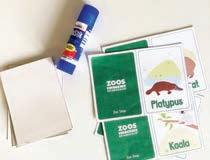
3 Cut out the images and glue to wrap around each of the cards. Every card will have a front and a back.






1
Find a friend or family member to play with.




3
Deal the cards face down to distribute them evenly amongst players.





4
If the same animal image appears twice in a row, the quickest person to slap their hand down on the pile and yell ‘SNAP!’ wins the pile.
5 2
Any player who runs out of cards is out of the game.
The last player, who still has cards remaining, wins.
Take turns putting a card down (with the picture revealed).
Note: Make sure you download your animal images from the Member VIP Zone, here:
THANKS FOR YOUR ENTRIES To enter our next competition, send your picture to: zooperkids@zoo.org.au OR Zooper Kids Magazine PO Box 74, Parkville VIC 3052 See back page for all the competition details.



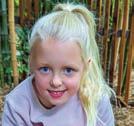


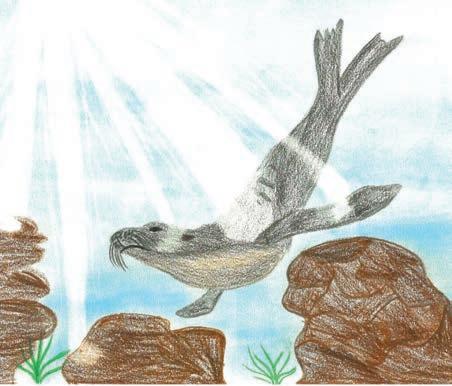






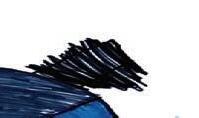
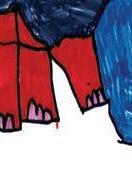

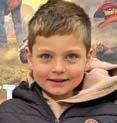

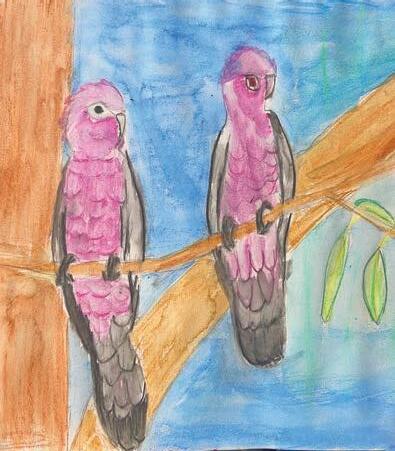


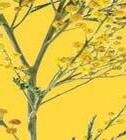
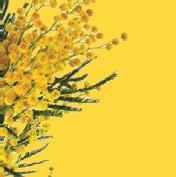
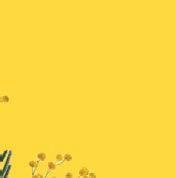




TRADITIONALLY

he so t olden o ers o this attle provide a protein rich ood or native ees and ants.
Traditional uses

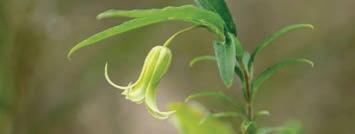



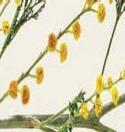

This native plant is very tough and adaptable. he fin er shaped ruit turns rom purple to ello when they are ripe and taste like a blend of stewed apple and kiwi fruit.

Traditional uses The Woiwurrung, Bunurong and Taungurung peoples ate the fruit when it was soft and ripe or roasted it to eat when unripe.









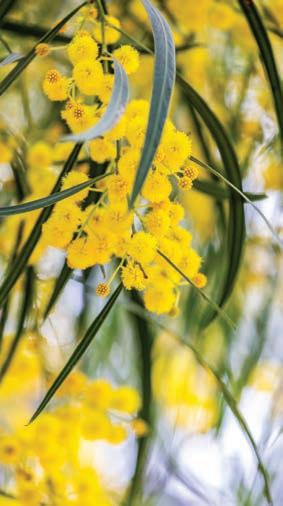





A succulent plant that grows all year round. The bright pink o ers hich loom in sprin and summer attract a wide array of pollinators.
Traditional uses
First Nations peoples ate the thick tuberous leaves raw or coo ed.
Always check with an adult to make sure it is safe before eating any plants.
Known as Karrank Tunline by the Djab Wurrung peoples of central Victoria, the bark was traditionally used to treat indigestion and the fi re rom the tree trun could e used to ma e strin or a s and baskets.
iver mint or ild mint is similar to common mint, ut smaller and a more delicate plant.
Traditional uses
For the Djab Wurrung peoples, Poang-gurk traditional name as crushed and inhaled to treat cou hs and colds and added to ood or avourin .

There are 24,000 species of plants native to Australia.
small shru li e plant, salt ush can handle man tou h conditions. eaves can e added to your cooking as seasoning.
Traditional uses Many First Nations groups in ustralia used salt ush to avour ood and the also round up the seeds to ma e damper.






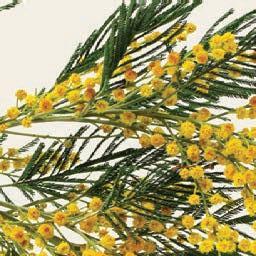



an o hel the bee nd the Golden
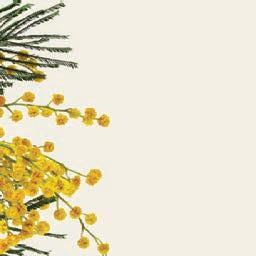

DID YOU KNOW? Colour me in!
uro ean hone ees are the most commonl known ollinator ut did ou know we ha e man more insects in ustralia that hel to ollinate lants




Native bees have cultural si ni cance to irst ations peoples and have played a part in their culture for thousands of years.
Honey was highly prized and often given as gi ts or traded as a alua le commodit . t was also used medicinall or cleaning out the gut and as a wound dressing.


These include:
• Australian native bees which includes Blue banded bees in ictoria
• flies
• beetles
• moths
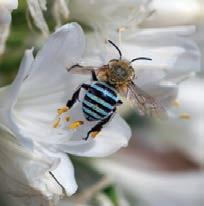
• butterflies
• some birds (eg honeyeaters)


